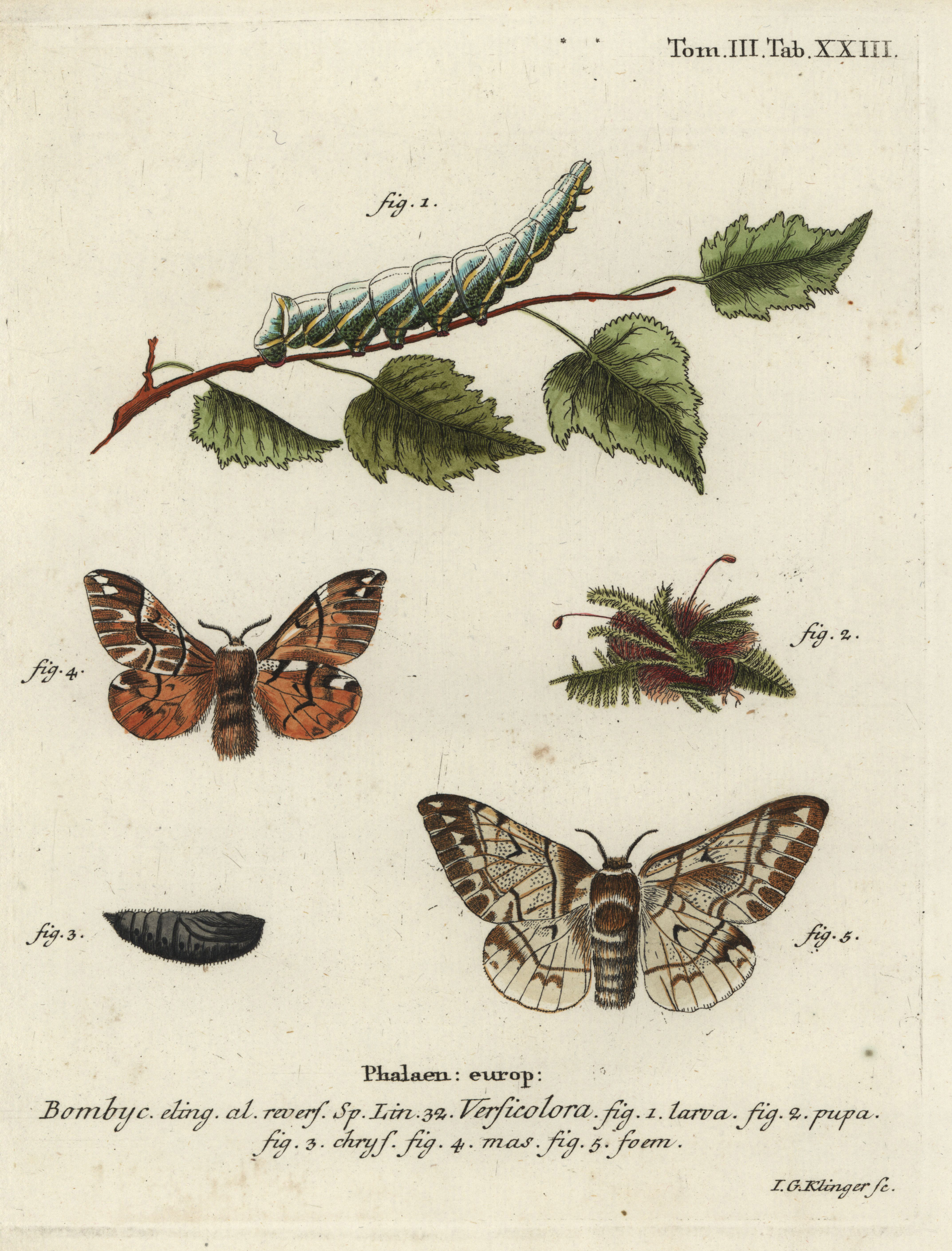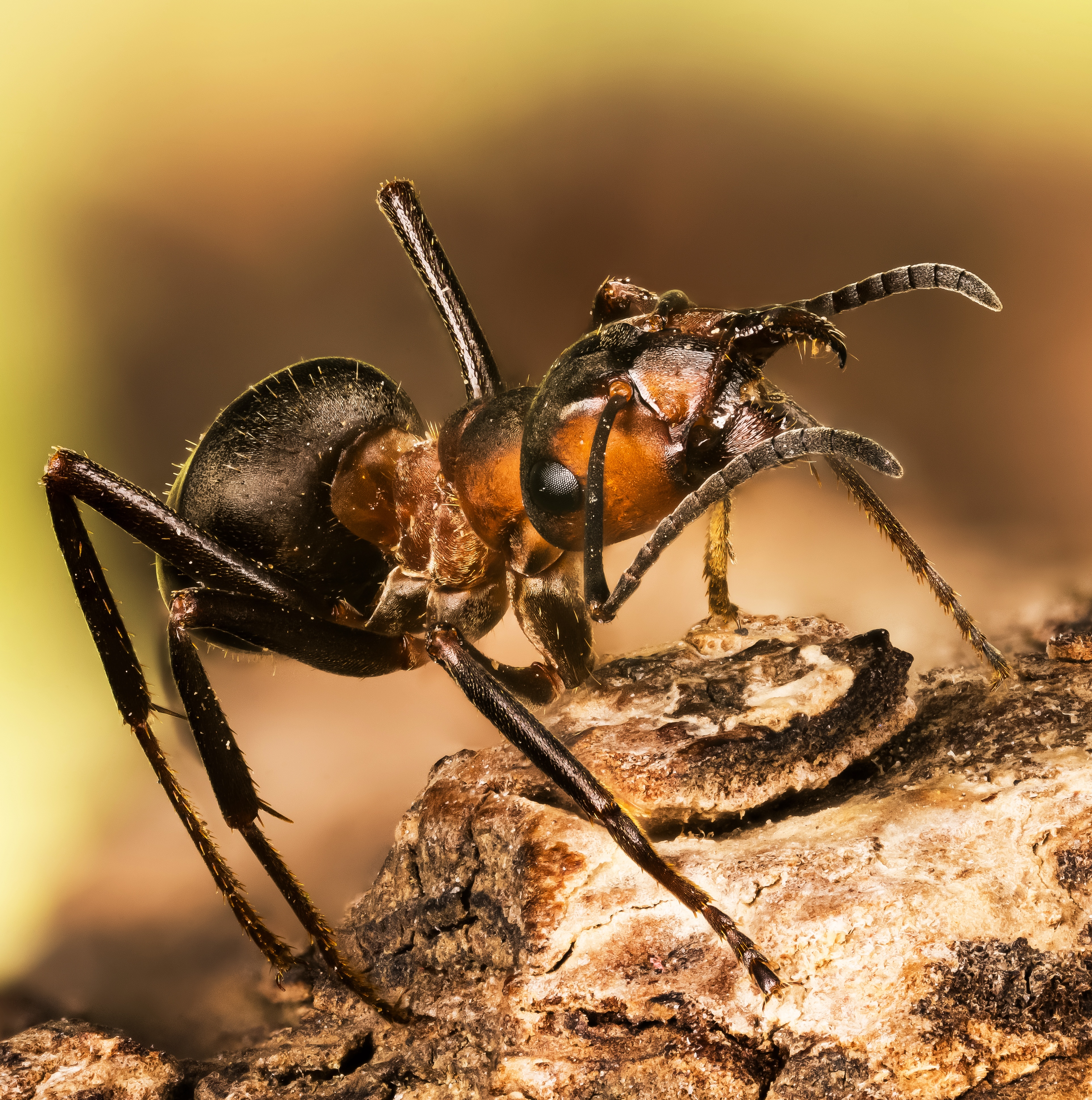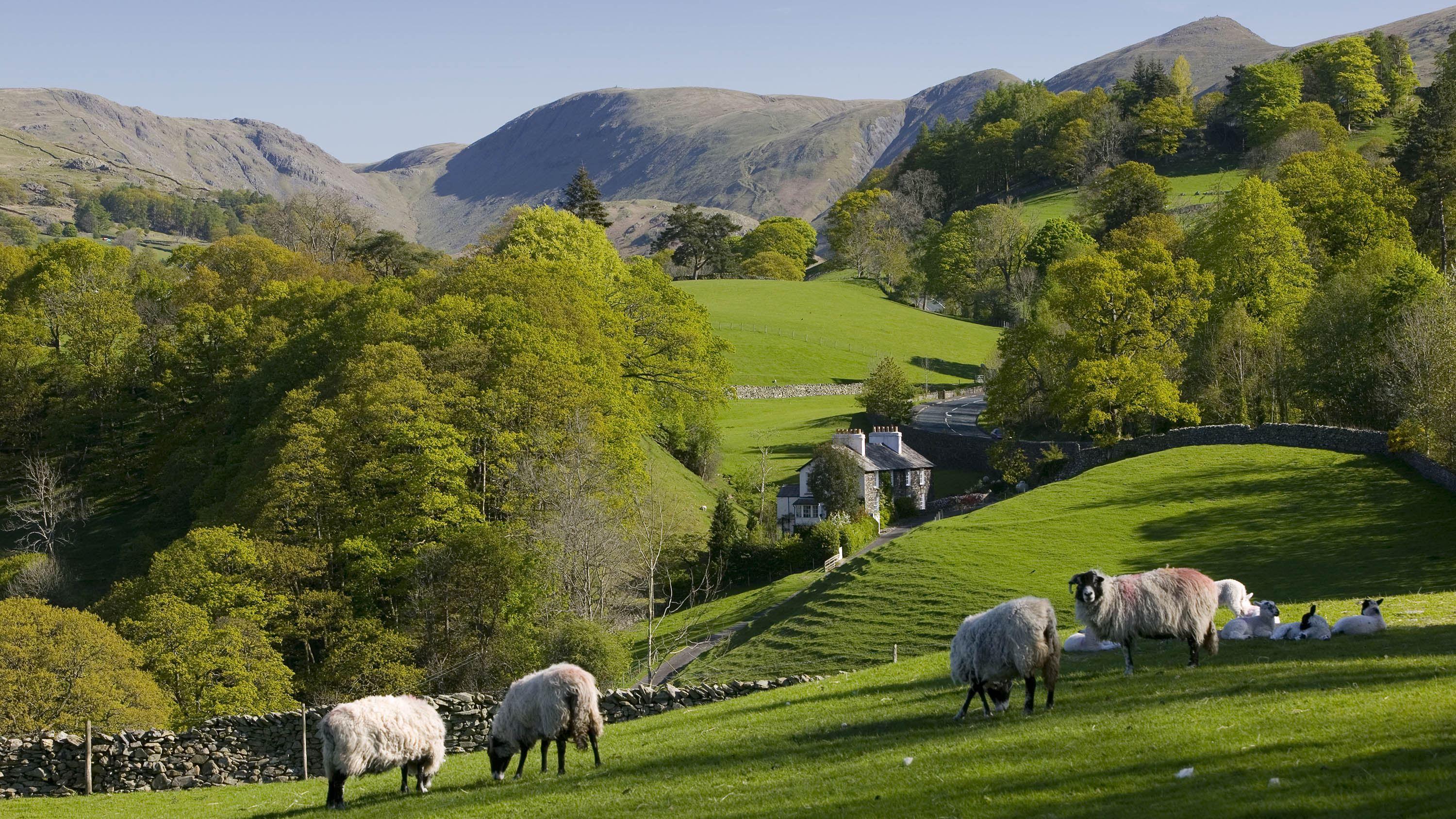In all its glory: One of Britain’s most striking moth species could be making a comeback
The Kentish glory moth has been absent from England and Wales for around 50 years.


One of Britain’s most attractive species of moth, the Kentish glory (Endromis versicolora), absent from England and Wales since the 1970s, could be making a comeback, thanks to a reintroduction programme carried out by Twycross Zoo, in association with Butterfly Conservation, Natural England and Forestry England.
The large, rather stout moth has feathery antennae and brown wings with distinctive dark lines and white markings. Despite its name, it was formerly widespread across the southern counties and East Anglia, as well as in the Welsh border counties of Herefordshire, Worcestershire and Monmouthshire. However, it has since become restricted to a few small colonies in the central and eastern Scottish Highlands. Even there it is a high priority species and the subject of targeted measures to protect the surviving colonies.

A copperplate engraving of the lifecycle of a Kentish glory moth from the 18th century.
Project Glory, the first ever moth reintroduction project in England, has involved conservation scientists collecting DNA samples from the extant populations in the Cairngorms, as well as from others in similarly fragmented populations in Europe. Genetic analysis at the University of Leicester will now follow, with the aim of identifying a suitable source population for a successful reintroduction.
A potential reintroduction site has been identified as one of the moths’ former strongholds — the Wyre Forest. As rapid fliers, males are generally seen in the wing (a term for observing moths in their active flying season) for a short period from mid-April through to the end of May, but the much larger females are generally nocturnal fliers. This has made observation difficult, but larvae feeding preferences are for young birch scrub, and it is the loss of traditional woodland management practices that is considered one of the reasons for the species’ decline in England.
Sign up for the Country Life Newsletter
Exquisite houses, the beauty of Nature, and how to get the most from your life, straight to your inbox.
Somerset born, Sussex raised, with a view of the South Downs from his bedroom window, Jack's first freelance article was on the ailing West Pier for The Telegraph. It's been downhill ever since. Never seen without the Racing Post (print version, thank you), he's written for The Independent and The Guardian, as well as for the farming press. He's also your man if you need a line on Bill Haley, vintage rock and soul, ghosts or Lost London.
-
 Could Gruber's Antiques from Paddington 2 be your new Notting Hill home?
Could Gruber's Antiques from Paddington 2 be your new Notting Hill home?It was the home of Mr Gruber and his antiques in the film, but in the real world, Alice's Antiques could be yours.
By James Fisher
-
 What should 1.5 million new homes look like?
What should 1.5 million new homes look like?The King's recent visit to Nansledan with the Prime Minister gives us a clue as to Labour's plans, but what are the benefits of traditional architecture? And can they solve a housing crisis?
By Lucy Denton
-
 The birds of urban paradise: How to get twitching without leaving the city
The birds of urban paradise: How to get twitching without leaving the cityYou don't need to leave the concrete jungle to spot some rare and interesting birds. Here's a handy guide to birdspotting in Britain's towns and cities.
By Richard Smyth
-
 Food with a pinch of salt: The crops we can harvest from the sea
Food with a pinch of salt: The crops we can harvest from the seaFilling, rewarding and nutritious, vegetables and plants grown in saline environments — whether by accident or design — have plenty of potential. Illustration by Alan Baker.
By Deborah Nicholls-Lee
-
 White-tailed eagles could soon soar free in southern England
White-tailed eagles could soon soar free in southern EnglandNatural England is considering licensing the release of the raptors in Exmoor National Park — and the threat to pets and livestock is considered to be low.
By Jack Watkins
-
 Britain's whale boom and and the predator that's far scarier than a great white shark, with wildlife cinematographer Dan Abbott
Britain's whale boom and and the predator that's far scarier than a great white shark, with wildlife cinematographer Dan AbbottThe wildlife cinematographer Dan Abbott joins us on the Country Life Podcast.
By Toby Keel
-
 'They are inclined to bite and spray acid to protect territory': Meet the feisty red wood ant
'They are inclined to bite and spray acid to protect territory': Meet the feisty red wood antBy Ian Morton
-
 The King wants YOU: His Majesty's call-to-arms for under-35s across Britain
The King wants YOU: His Majesty's call-to-arms for under-35s across BritainThe King’s Foundation has launched its ‘35 under 35’ initiative — a UK-wide search for ‘the next generation of exceptional makers and changemakers’ who want to work holistically with Nature.
By Amie Elizabeth White
-
 'A big opportunity for a small, crowded and beautiful country': Fiona Reynolds on how the Land Use Framework can make Britain better
'A big opportunity for a small, crowded and beautiful country': Fiona Reynolds on how the Land Use Framework can make Britain betterThe Government’s Land Use Framework should be viewed as an opportunity to be smarter with our land, but conflicts need to be resolved along the way says Fiona Reynolds, chair of the Food, Farming and Countryside Commission.
By Fiona Reynolds
-
 Dawn Chorus: A river comes to life, more mews is good mews, and the new 400-mile electric Volvo
Dawn Chorus: A river comes to life, more mews is good mews, and the new 400-mile electric VolvoRivers now have the legal right to flow, and to not be full of pollution. It's about time.
By James Fisher